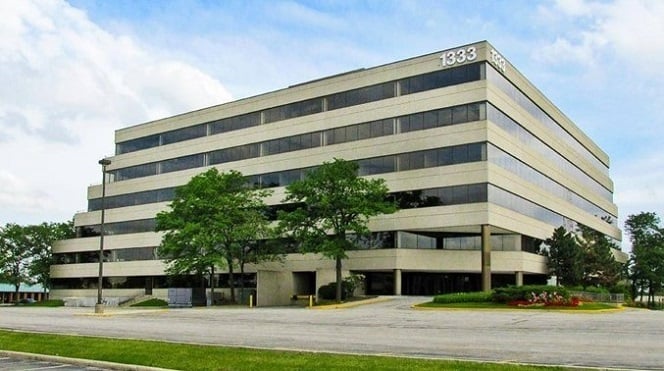It used to be when open-end real estate fund managers had queues to deal with, their clients wanted to take money back, because of poor performance. Today most open end funds have queues—totaling billions of dollars—waiting to get into these sought-after funds, which invest in core real estate concentrated in the top markets. The lumpiness of real estate and the relatively lengthy transaction process would be an advantage to advisors in the old days. They could string out sales, wait for markets to rebound, continue to earn fees, and hope their clients would change their minds when performance turned more positive. In many instances, institutional clients would back off and stay in the funds.
Today, the capital flood flowing their way ironically presents open-end fund managers with a potentially more daunting problem as prime real estate values have more than recovered since the 2008-2009 crash. The combination of low interest rates and investor -driven cap rate compression have sent prices in the coveted 24-hour cities to uncomfortable levels. It is an opportune time to sell marginal properties into the buying wave, but responsibly disposing of cats and dogs only adds to the portfolio manager challenge for meeting client commitments on the queue wanting into the funds.
Of bigger concern is whether to keep buying and even entertain “safe” development deals in the favored urban centers or venture into what amount to non-core secondary markets, which have not recovered and suffer from chronically tepid tenant demand. Any way you slice it, managers must come to terms with the obvious reality—there is just not enough core real estate to satisfy capital demand. And if they force money out or fail to sell underperforming properties, returns could be sorely compromised when the cycle turns against them in another recession.
Recommended For You
Want to continue reading?
Become a Free ALM Digital Reader.
Once you are an ALM Digital Member, you’ll receive:
- Breaking commercial real estate news and analysis, on-site and via our newsletters and custom alerts
- Educational webcasts, white papers, and ebooks from industry thought leaders
- Critical coverage of the property casualty insurance and financial advisory markets on our other ALM sites, PropertyCasualty360 and ThinkAdvisor
Already have an account? Sign In Now
*May exclude premium content© 2025 ALM Global, LLC, All Rights Reserved. Request academic re-use from www.copyright.com. All other uses, submit a request to [email protected]. For more information visit Asset & Logo Licensing.








